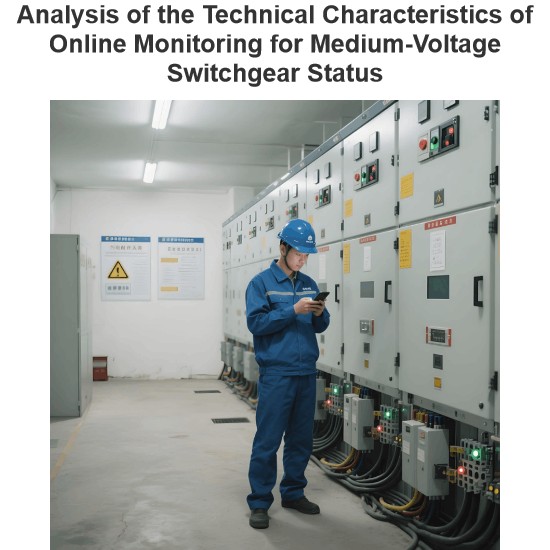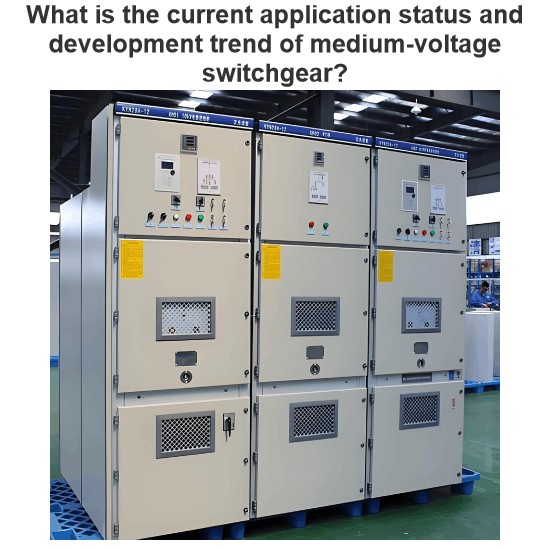What is the allowable voltage drop in the circuit?
The Voltage Drop allowed in a circuit is the reduction in voltage due to the presence of resistance when a current passes through a wire or circuit element. The size of the voltage drop depends on the specific application and design criteria of the circuit. Different applications and national standards have different regulations on the allowable voltage drop. Below are some common voltage drop requirements:
Home and commercial buildings
In the electrical wiring of homes and commercial buildings, it is usually required that the voltage drop not exceed the following standards:
United States: According to the National Electrical Code (NEC), for fixed wiring in residential and commercial buildings, the recommended voltage drop is not more than 3% (for close supply distances) or 5% (for longer supply distances).
Other countries: Other countries have similar provisions, generally recommended voltage drop is not more than 3% to 5%, to ensure that electrical equipment can work properly without being affected.
Industrial application
In industrial applications, the voltage drop requirements may be more stringent, because industrial equipment has higher requirements for voltage stability. For example:
Motors: For industrial motors, the voltage drop is usually required to be no more than 2% to ensure that the motor can run smoothly and prevent overheating or other failures due to voltage fluctuations.
Other equipment: For other industrial equipment, the voltage drop requirements may vary, depending on the equipment manufacturer's recommendations and industry standards.
Electric vehicle (EV) charging station
In electric vehicle charging stations, voltage drop requirements are also important to ensure the efficiency and reliability of the charging process:
Charging station: For electric vehicle charging stations, the voltage drop requirement is usually not more than 2% to ensure the charging speed and the normal operation of the charging equipment.
Communication and data networks
In communication and data networks, the voltage drop requirements may be higher to ensure the integrity of data transmission:
PoE (Power over Ethernet) : For PoE systems, the voltage drop requirement is usually no more than 2% to ensure that the remote device can obtain sufficient power supply.
Aerospace
In the aerospace sector, voltage drop requirements may be more stringent to ensure flight safety:
Avionics: For avionics, the voltage drop requirement is usually no more than 1% to ensure the reliability and accuracy of critical systems.
Calculation method
The voltage drop can be calculated by the following formula:
Δ V = I * R
ΔV is the voltage drop (volts, V),
I is the current (in amperes, A),
R is the resistance of the wire (unit: ohms, Ω).
The resistance of the wire can be calculated by the material, length and cross-sectional area of the wire:
R=ρ L/ A
Among them:
ρ is the resistivity of the wire material (unit: ohms · meters, Ω·m),
L is the length of the wire (unit: m, m),
A is the cross-sectional area of the conductor (unit: square meters, m²).
Sum up
The allowable voltage drop depends on the specific application and national standards. In general, the voltage drop should not exceed 3% to 5% to ensure that the electrical equipment can work properly. In some specific applications, such as industrial motors, electric vehicle charging stations, communication networks and aerospace, the voltage drop requirements may be more stringent. The correct calculation and control of voltage drop is very important to ensure the reliability and efficiency of the circuit. When designing the circuit, the maximum allowable voltage drop should be determined with reference to the relevant standards and manufacturer's requirements.
The Electricity Encyclopedia is dedicated to accelerating the dissemination and application of electricity knowledge and adding impetus to the development and innovation of the electricity industry.













